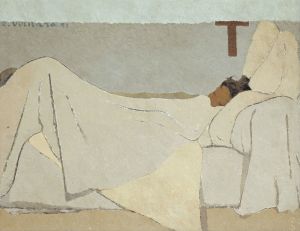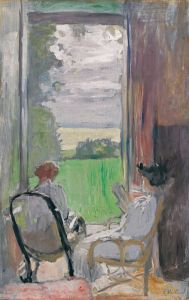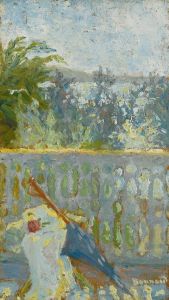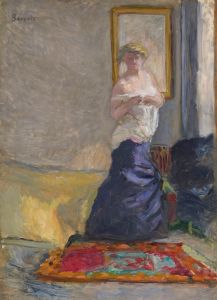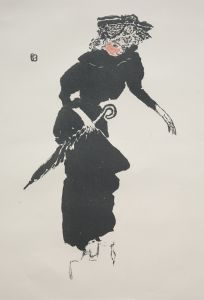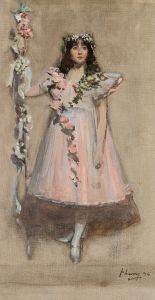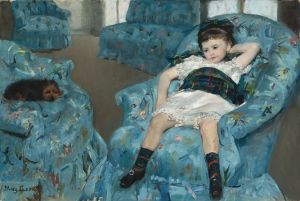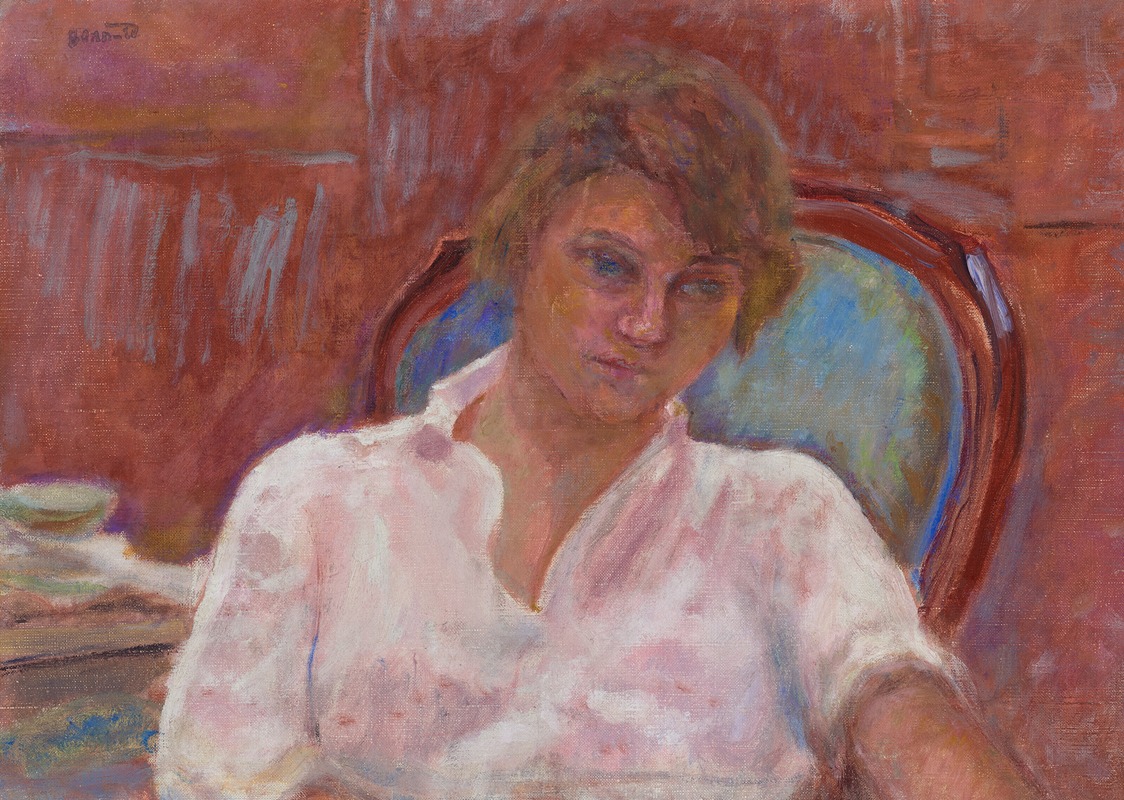
Jeune femme rêvant dans un fauteuil, Harmonie rose
A hand-painted replica of Pierre Bonnard’s masterpiece Jeune femme rêvant dans un fauteuil, Harmonie rose, meticulously crafted by professional artists to capture the true essence of the original. Each piece is created with museum-quality canvas and rare mineral pigments, carefully painted by experienced artists with delicate brushstrokes and rich, layered colors to perfectly recreate the texture of the original artwork. Unlike machine-printed reproductions, this hand-painted version brings the painting to life, infused with the artist’s emotions and skill in every stroke. Whether for personal collection or home decoration, it instantly elevates the artistic atmosphere of any space.
Pierre Bonnard's painting Jeune femme rêvant dans un fauteuil, Harmonie rose (translated as Young Woman Dreaming in an Armchair, Pink Harmony) is a work that reflects the artist's characteristic style and thematic focus. Bonnard, a French painter and a founding member of the Post-Impressionist group Les Nabis, is known for his use of vibrant color, intimate domestic scenes, and a sense of dreamlike introspection in his works.
This painting, created in 1900, depicts a young woman seated in an armchair, seemingly lost in thought. The title itself emphasizes the contemplative nature of the scene, with the word "dreaming" suggesting a moment of introspection or reverie. The subtitle, Harmonie rose (Pink Harmony), highlights the dominant color palette of the painting, which is suffused with warm pinks and soft tones. Bonnard's use of color and light creates a sense of warmth and tranquility, drawing the viewer into the intimate atmosphere of the scene.
The composition reflects Bonnard's interest in capturing fleeting moments of everyday life, often focusing on private, domestic settings. The young woman, whose identity is not specified in available historical records, is portrayed in a relaxed pose, her body merging with the surrounding environment through Bonnard's fluid brushwork and harmonious use of color. This blending of figure and background is a hallmark of Bonnard's style, as he sought to create a unified visual experience rather than a strict separation between subject and setting.
Bonnard's approach to painting was influenced by his interest in Japanese prints, which is evident in the flattened perspective and decorative quality of the composition. The artist often worked from memory, reconstructing scenes in his studio based on sketches and his recollections. This method allowed him to imbue his works with a sense of timelessness and emotional resonance.
Jeune femme rêvant dans un fauteuil, Harmonie rose exemplifies Bonnard's ability to transform ordinary moments into poetic visual experiences. The painting is celebrated for its masterful use of color and its ability to evoke a sense of quiet introspection. Today, it is considered an important example of Bonnard's contribution to modern art and his exploration of the interplay between color, light, and emotion.
Further details about the painting's provenance, current location, or specific historical context are not readily available in public records.





